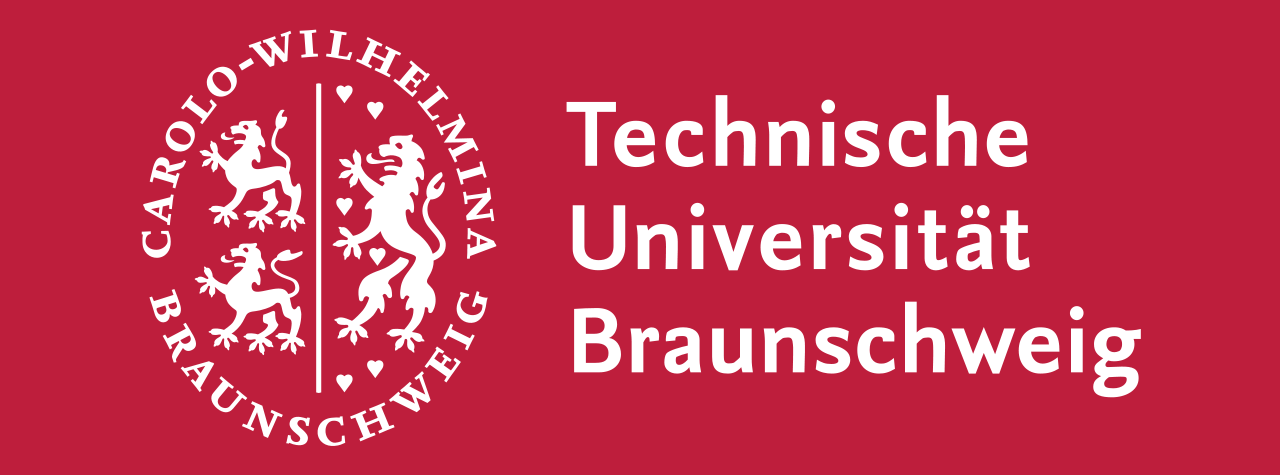Research Summary Report of A03
Extrusion of Near-Nozzle Mixed Concrete –Individually Graded in Density and in Rate of 3D Fibre Reinforcement
[30.10.2024]
Dr. Ing. Bos, Freek Project leader, freek.bos@tum.de
Cheng, Shengbo Researcher, shengbo.cheng@tum.de
Technical University of Munich, Chair of Concrete and Masonry Structures (Lehrstuhl für Massivbau)
Extrusion-based 3D Concrete Printing (3DCP) is the most widely investigated technology for additive manufacturing (AM) in construction. Near-Nozzle Mixing (NNM) has been introduced in the 1st funding period of project A03 as a variant that can overcome several limitations of conventional 3DCP. Instead of mixing at a distance, NNM mixes the material constituents at the print head, thereby drastically reducing the transportation distance through hoses and the associated pumping pressure required. Thus, pumping-related limitations such as minimum required workability of the material, aggregate size and shape, as well as the entrainment of fibres, are largely lifted. This allows the extrusion of tailored, sustainable mortars and concretes that cannot be printed with current 3DCP systems [1]. An operable NNM system, named ‘Gradation-ready extrusion system (GRES)’, has been developed capable of printing a range of mortar compositions, varying from a natural sand-based mortar to a lightweight mortar.
This now enables the consideration of advanced product design based on the concept of functional grading, i.e. the gradual variation of material properties throughout the object [2], which is the focus in the 2nd funding period, both from the perspective of technical feasibility and development of academic background knowledge. The grading strategy will be based on the variation of type and content of aggregates and structural fibre content.
An upgraded version of GRES will be developed that includes multiple aggregate reservoirs, a fibre feeder, a continuous cement paste supply, as well as an inline quality measurement (IQM) device. Furthermore, to increase the variety of materials for functional grading with respect to sustainability and structural performance, additional NNM-printable mixtures with increased aggregate size are being developed. Due to the strong interactions between material composition, process parameters, and product performance (Figure 1), an interdisciplinary approach is maintained to achieve these objectives.
The project scope has been expanded to include aspects of structural engineering. Design concepts using functional grading on the scale of structural elements will be developed (Figure 2) based on numerical and experimental studies of the structural performance of such elements. The effects of the transition area, in which a material composition changes from one base material to another, and the mechanical properties in such areas in relation to process parameters, will be a particular topic of study.
Together, the upgraded system, expanded set of material compositions, and application concepts, will be applied to advance the systematic knowledge on NNM-3DCP based functional grading by (i) establishing the relations between material properties (fresh and hardened) and NNM process parameters, particularly when transitioning between different material compositions, and (ii) understanding the effects of graded material on printed objects.
Current state of research
Project A03 has contributed to the recent large interlaboratory study on mechanical properties of printed concrete organized by RILEM TC 304-ADC. Two base material designs, a sand-based normal strength mortar and a lightweight mortar with expanded glass aggregates [3], were printed with the NNM-system and tested for compressive, flexural, and splitting strength and E-modulus. Joint publications on this interlaboratory study are currently under preparation.
A further experimental campaign that will focus on the transition area is under preparation. Hardened state mechanical properties, fresh state rheological properties and material composition characteristics and their rate of change over the transition zone will be determined in this study.
A numerical study is being initiated to explore the effects of graded properties both in terms of overall response and local effects, such as shear stresses between print layers.
Finally, preliminary work is performed aimed at enabling the introduction of structural fibers later during the project.
References
[1] Matthäus, Performance under pressure: Effect of pumping pressure on additive manufacturing of lightweight aggregate concrete, dissertation, TU München, 2022.
[2] Oxman, Variable Property Rapid Prototyping, Virtual and Physical Prototyping, 6 (1): 3–31, 2011.
[3] Hechtl C. M.; Kränkel T.; Gehlen C. (2023) Near-Nozzle Mixing for Additive Manufacturing of Cementitious Mortar: A Homogeneity Study. Ibausil (2023). DOI: 10.1002/cepa.2830








